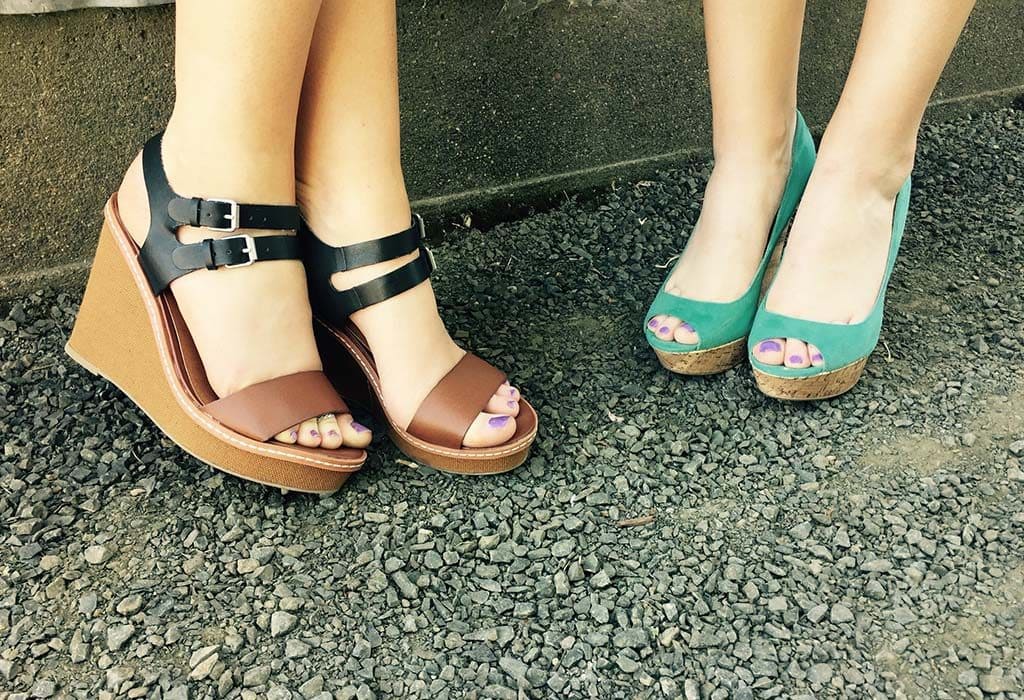Hollywood
These Trickster Packaging Designs Were Filled With Broken Promises
We’ve all seen it before: packaging designs that make promises they can’t keep. From extravagant claims to over-the-top labeling, it’s easy to be fooled by the packaging of a product. In this blog post, we’ll explore some of the most cunning packaging designs that lied to us. From broken promises to products that don’t measure up, we’ll take a look at the trickery and deception of these packaging designs.
Table of Contents
Snickers’ You’re Not You When You’re Hungry:
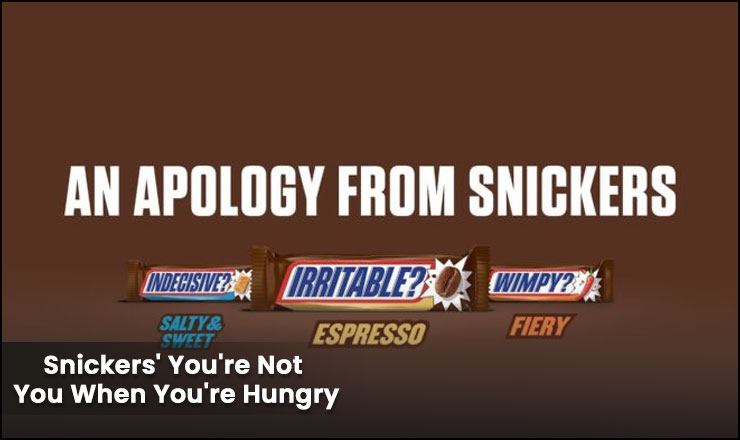
Snickers’ iconic slogan, “You’re Not You When You’re Hungry”, is an example of a devious packaging design that was filled with broken promises. The slogan promised to transform the consumer when they ate the chocolate bar, but in reality, this was nothing more than clever marketing. While Snickers does contain some healthy ingredients like peanuts and chocolate, it is still a processed food filled with sugar and other unhealthy ingredients.
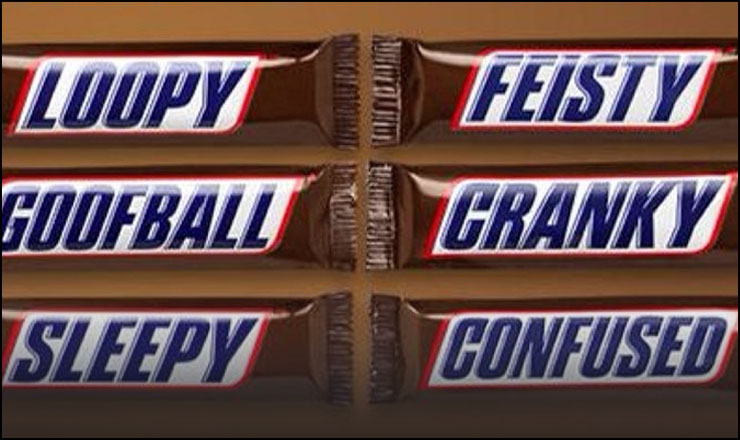
The packaging of Snickers also created a false sense of urgency, as if the only way to avoid becoming a version of yourself that you didn’t like was to buy the product. Although it’s true that eating unhealthy foods can be detrimental to your physical and mental well-being, this idea that you had to buy the product to avoid becoming a ‘lesser’ version of yourself was manipulative and exploitative.
In addition to the deceptive packaging, Snickers also targeted children and teenagers, who were more likely to believe the product’s promises and get hooked on the taste. This meant that many young people were exposed to unhealthy products on a regular basis, without being given all of the facts about the product.
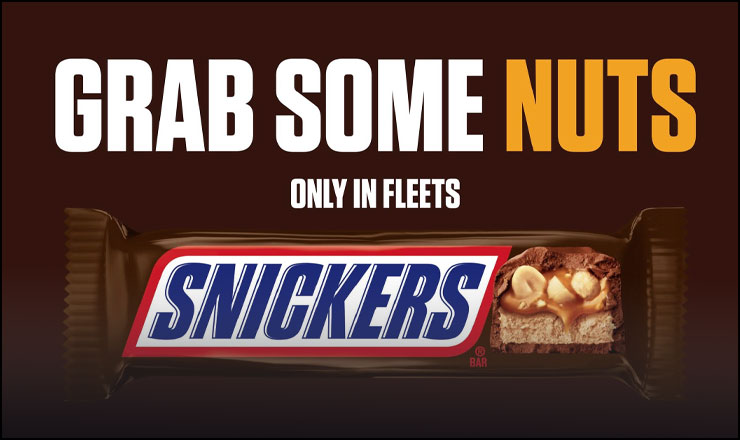
Overall, Snickers’ “You’re Not You When You’re Hungry” packaging campaign was a classic example of false advertising. The product promised things it could not deliver and left many people feeling misled and manipulated.
Tic Tac’s Shake It Up:
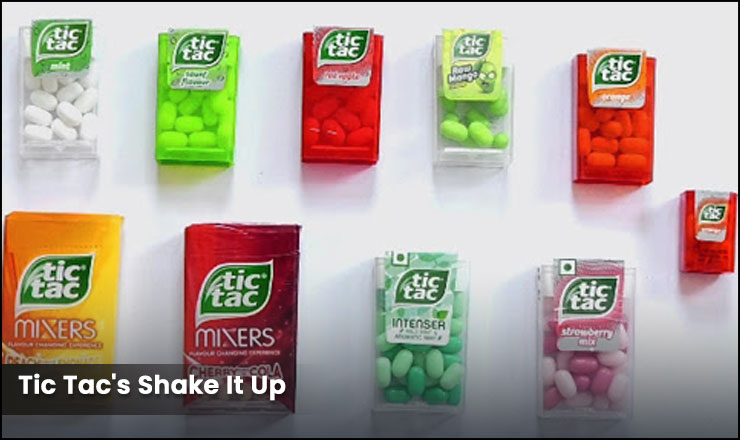
When you think of Tic Tacs, you think of tiny, colorful, minty cubes of joy. But Tic Tac decided to play a trick on unsuspecting customers when they launched their ‘Shake It Up’ campaign.
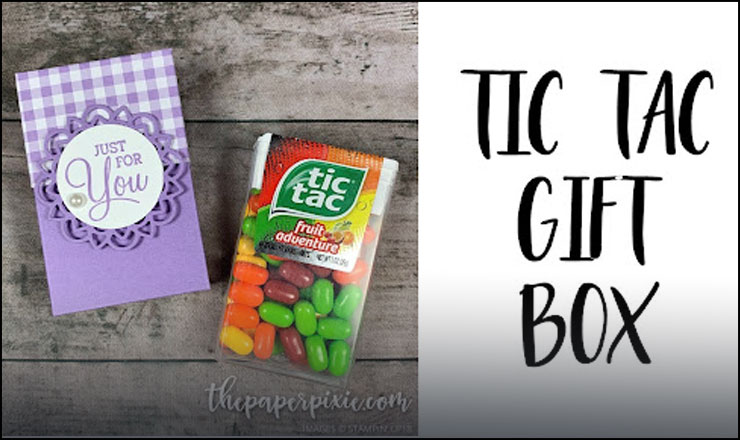
The packaging for the product suggested that the contents of the box was filled with little dice-shaped candies that, when shaken, would produce a unique sound. What consumers ended up getting was the same tiny, colorful cubes they had grown to love. Of course, everyone was disappointed in the false promise, but it made them all the more curious about what kind of shake-and-roll candy Tic Tac could come up with next.
Coca-Cola’s Open Happiness:
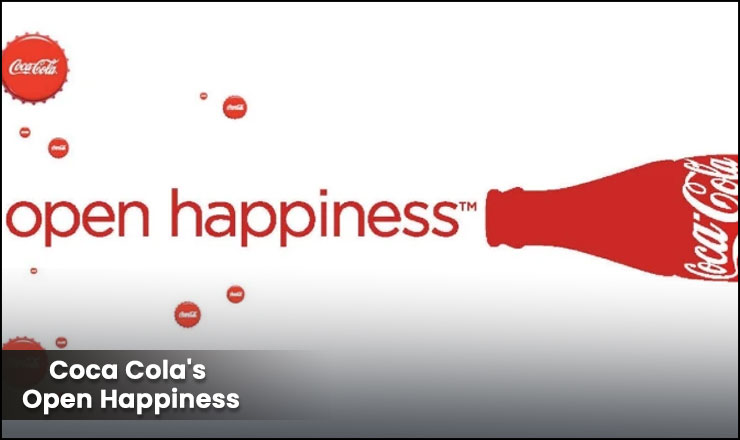
Coca Cola has been using the slogan “Open Happiness” for several years now, and it’s become an iconic phrase associated with their brand. But what does it really mean? The phrase can mean different things to different people, and the packaging of Coca Cola products was designed to evoke feelings of joy and optimism.
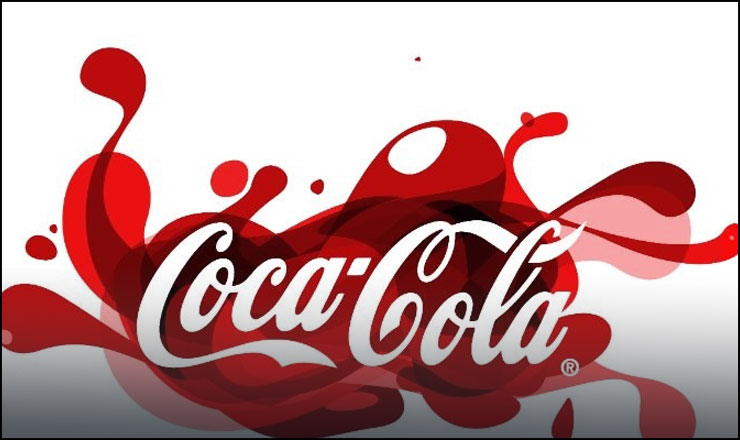
One of the most memorable designs of Coca Cola packaging was their “Open Happiness” design. The design featured bright, vibrant colors and whimsical shapes that represented the idea of happiness and joy. It was meant to evoke feelings of optimism and encourage customers to open up a bottle of Coca Cola and let happiness pour out.
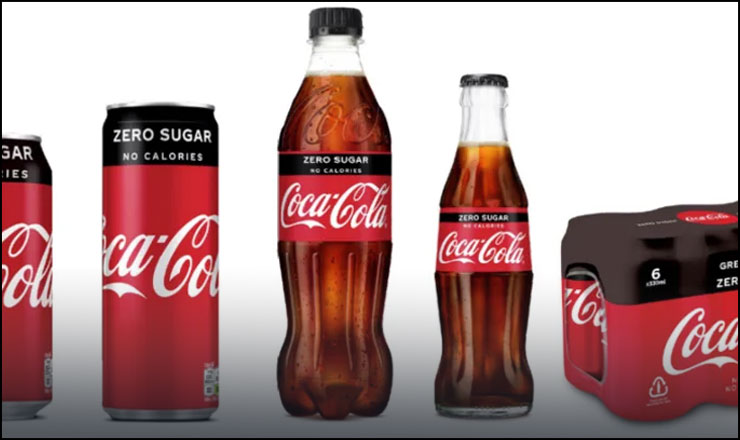
The packaging design was part of Coca Cola’s larger campaign to promote their product as something that could bring joy and happiness to consumers. While the campaign was successful in terms of sales, it ultimately failed to live up to its promises. The product did not magically make people happier, and it was simply a marketing ploy.
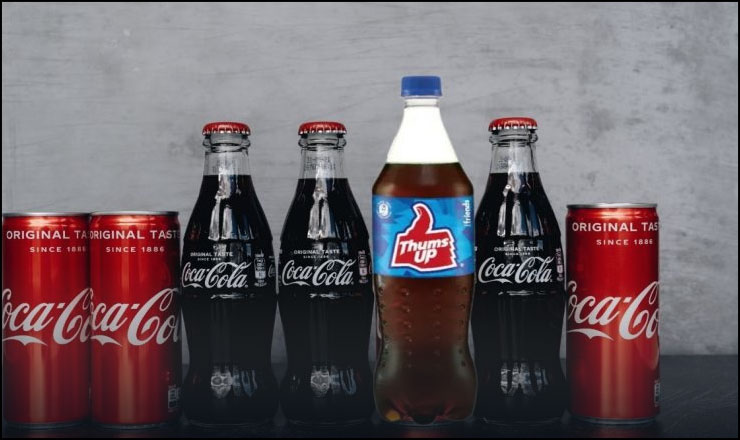
Coca Cola’s Open Happiness packaging design was a great example of how a company can use attractive packaging and slogans to attract customers and boost sales, even if the product does not live up to its promises. While the packaging was eye-catching and clever, it ultimately failed to deliver on its promises of bringing happiness to customers.
Doritos’ For the Bold:
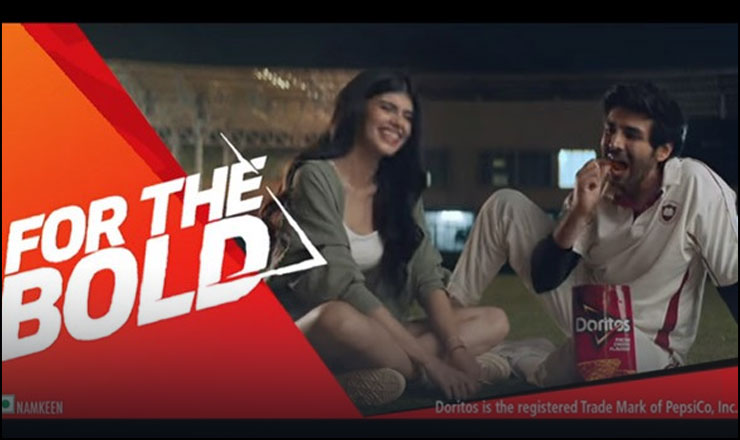
In 2013, Doritos ran a campaign called “For the Bold”. Their packaging designs were emblazoned with phrases like “Take the Lead” and “Stand Out”, which promised consumers that if they purchased their products, they would be rewarded with confidence and courage.

However, it was discovered that the products actually had no effects on self-esteem or bravery, and the bold messaging was simply a clever marketing tactic.
Nike’s Just Do It:
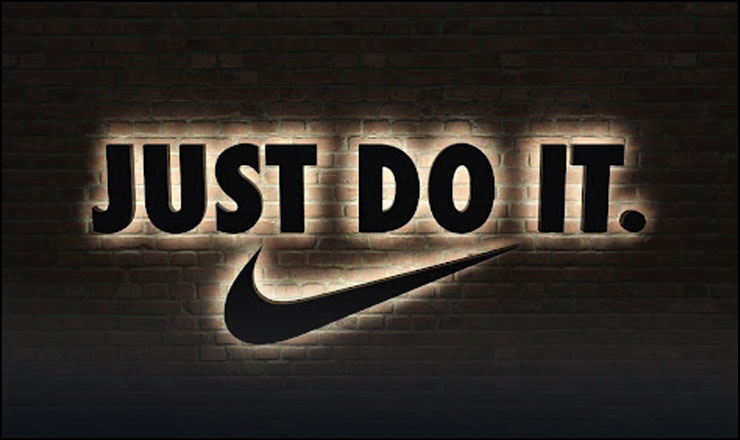
Nike’s “Just Do It” slogan has become iconic in modern marketing and their packaging designs have certainly made an impact on the industry. The tagline was first released in 1988 and featured a silhouette of an athlete running with the phrase “Just Do It” across it. Since then, the phrase has been used in countless ads and campaigns, inspiring people to take action and be more active.

However, when it comes to their packaging designs, the story isn’t quite so inspiring. While Nike has been successful in encouraging people to be active and get out there, their packaging often fails to deliver on its promises. Many of the products that come in their packaging boast about being able to help people reach their goals or improve performance, but in reality these claims are often unfounded. This has caused many people to feel let down or even tricked by Nike’s packaging designs, as they don’t always provide the results they promise.
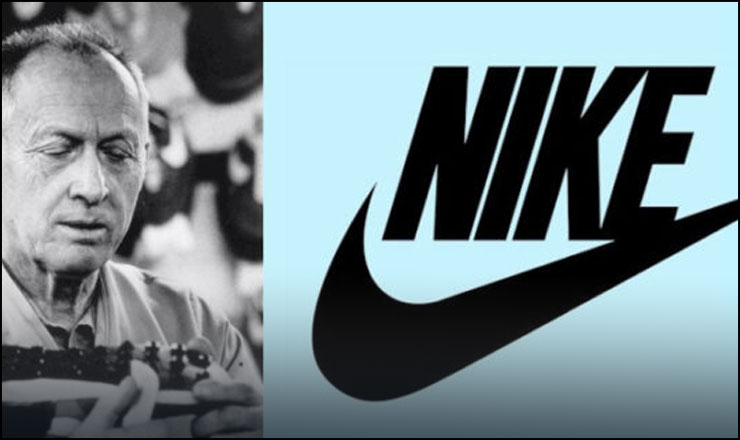
Despite this issue, Nike has still managed to maintain its iconic status through its advertising and packaging design. Its products may not always deliver on their promises, but the company’s message of empowerment still resonates with many consumers. With its recognizable tagline, Nike continues to inspire people to reach their goals and push themselves further, even if they don’t get the results they expect.






